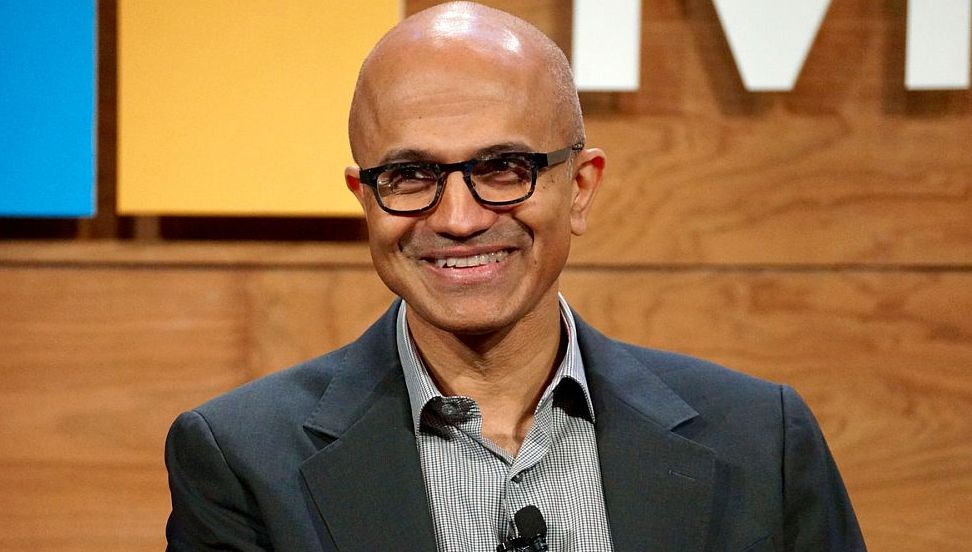Mumbai – January 3, 2022: Speaking at the Microsoft Future Ready Leadership Summit today in Mumbai, Satya Nadella, Chairman & CEO of Microsoft, said the cloud is coming closer to customer locations and where data is generated. He also highlighted three reasons that make the cloud an attractive proposition for enterprises. And he announced six digital imperatives for enterprises.
“We are still at a very nascent stage of cloud adoption and it has been a pretty big game changer. Microsoft is committed to making cloud infrastructure available everywhere,” said Nadella.
In a fireside chat discussion with Sanjiv Bajaj, Chairman and Managing Director, Bajaj Finserv Limited, Nadella said the cloud will “truly be embedded” in enterprise infrastructure.
“We are adding a fourth region in Hyderabad in India. Every retail facility, hospital and everyone will use cloud and we need to place cloud infrastructure,” he said, adding the benefit of the cloud is that it is “demand-oriented” and we can use it only when we need it.
Nadella also said that with Azure Arc the cloud gets embedded in physical infrastructure, alluding to the cloud coming closer to the on-premise data center or perhaps to edge locations.
Microsoft is already helping Indian organizations such as YES BANK, HDFC Bank, Adani Group, Air-India, IndiGo, Godrej, Flipkart, L&T, Bajaj FinServ and others with their digital transformations.
Three Reasons to Move to Cloud
Nadella said it is still early days for cloud-native applications but expects 95% of business apps to be on the cloud by 2025.
He highlighted three imperatives that make the cloud attractive to enterprises:
- Moving to the cloud is “more energy efficient” and a business can be 70 – 80 per cent more energy efficient if it moves its infrastructure to the cloud.
- The cloud is “demand-oriented” and you can use it (and pay for it) only when you need it. So it is a “hedge against demand cycles.”
- The cloud can get you more efficient with cloud-native development.
See also: Technology should drive more inclusive economic growth: Satya Nadella
Six Digital Imperatives
Nadella also identified six digital imperatives for business: prioritising security, embracing collaborative business processes, re-energizing the workforce, migrating to the cloud, unifying data, applying AI models as platforms, and empowering fusion teams.
Nadella also mentioned three aspects that make him optimistic about India. He said India is No. 1 in AI projects and the second biggest contributor to the developer ecosystem on GitHub.
“The next big age will be AI and the human capital [for it] is already here [in India] doing innovation,” said Nadella.
The third aspect is the upskilling aspiration. He alluded to a LinkedIn data point wherein there is a 2X rate of upskilling in India.
Watch the keynote address here.









